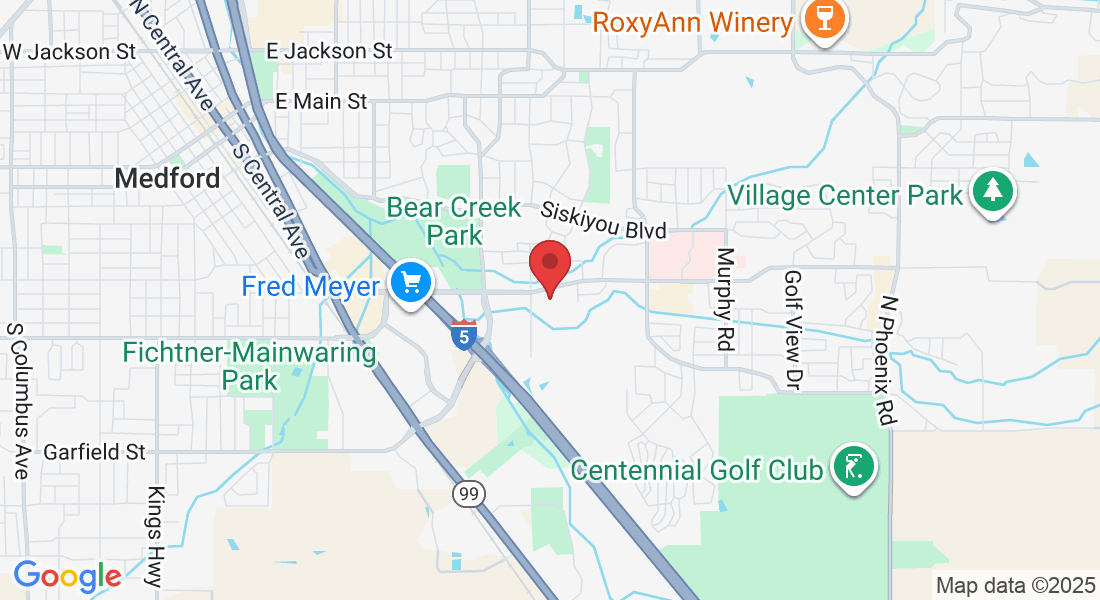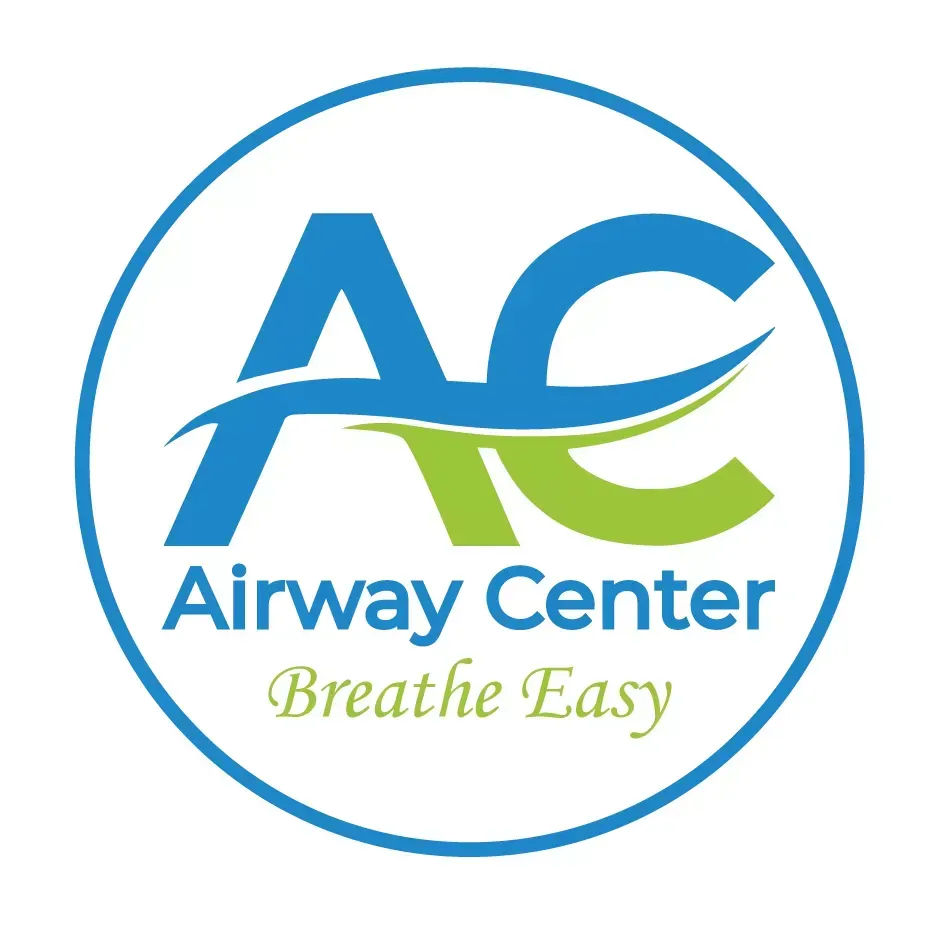Obstructive Sleep Apnea
The strong connection between obstructive sleep apnea and inadequate airway health
Understanding Obstructive Sleep Apnea (OSA) and Its Treatment
Obstructive Sleep Apnea (OSA) occurs when the muscles in the back of the throat relax excessively, obstructing proper breathing. These muscles support crucial structures such as the soft palate (the back of the roof of the mouth), tongue, and side walls of the throat. When these muscles relax too much, they cause the airway to narrow or close as you breathe, leading to a reduction in oxygen levels in the blood and an accumulation of carbon dioxide. The brain, sensing this impaired breathing, briefly rouses you from sleep to reopen the airway. These awakenings are often so brief that you do not remember them. You may wake up with shortness of breath that corrects itself quickly with a couple of deep breaths or make snorting, choking, or gasping sounds. This pattern can repeat itself many times each hour throughout the night, preventing you from reaching the deep, restorative phases of sleep and often resulting in daytime sleepiness.
People with OSA are often unaware of their interrupted sleep and many do not realize they haven't slept well. This condition initially develops from some level of sleep-disordered breathing, with approximately 90% of individuals born today being at risk for OSA. Historically, sleep apnea and cancer were conditions mostly observed in older adults. Today, however, pediatric sleep centers and cancer centers are common, indicating a shift in the demographics affected by these conditions.
Quality REM (Rapid Eye Movement) and deep sleep cycles are fundamental for maintaining a robust immune system and overall health. Treatment for OSA often includes continuous positive airway pressure (CPAP) therapy, lifestyle changes, oral sleep appliances and, in some cases, surgical interventions.
At the Airway Center, we offer minimally invasive treatments that can significantly improve sleep apnea. From removable airway appliances that develop the jaws forward-creating more space in the mouth for the tongue and increasing oxygen levels-to sleep appliances that position the lower jaw forward and open the airway throughout the night, there are options that will fit your life and change the way you sleep, breathe, and feel. By addressing airway obstructions and promoting proper breathing, these treatments can help improve sleep quality, enhances health, and reduce the associated risks of untreated OSA.
Understanding the signs and symptoms of OSA can significantly enhance the quality of life for you or your loved ones by restoring healthy sleep patterns and reducing the risk of comorbid conditions.

The purple zone is the airway of two different people. The one on the left has a total volume of about 6,200 mm^3, while the one on the right has a volume of about 53,000 mm^3.
Airway Size Before and After Treatment

Black - Severely Restricted
Red- Significantly Restricted
Yellow- Moderately Restricted
Green - Ideal Airway

How do your Teeth and Jaw Development Affect your Airway?
When your upper and lower jaws develop farther forward, there is more space for your airway. When your teeth and jaws are under-developed, there is a constriction or narrowing of your airway. Your tongue does not have adequate room in your mouth and rests in your airway space which contributes to an unhealthy airway.
How Common is Sleep Apnea?
“Obstructive sleep apnea is destroying the health of millions of Americans, and the problem has only gotten worse over the last two decades,” says Dr. Timothy Morgenthaler, President of American Academy of Sleep Medicine.
According to the National Healthy Sleep Awareness Project, at least 25 million adults in the United States are affected by sleep apnea.
Sleep apnea affects about 25% of men and almost 10% of women. Sleep apnea can affect people of all ages. This includes babies and children and particularly people over the age of 50 as well as those who are overweight.
Breathe Easy. Sleep Peacefully. Smile with confidence.
All logos and marks are protected per their respective companies. Copyright 2024 Doctor Nathan Tanner, DMD, LLC., AirwayCenter.com. All Rights Reserved.


